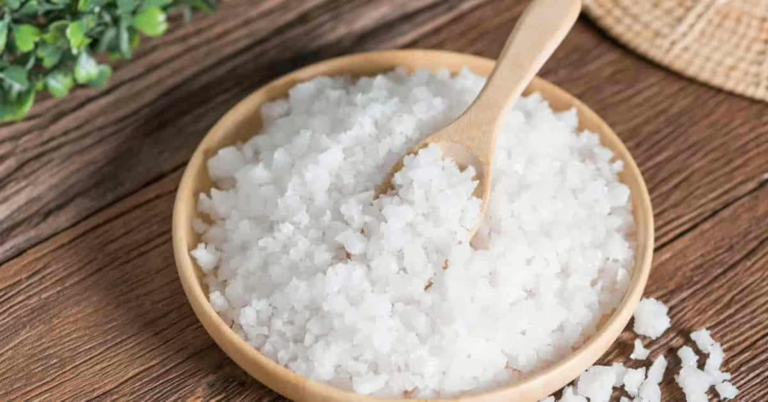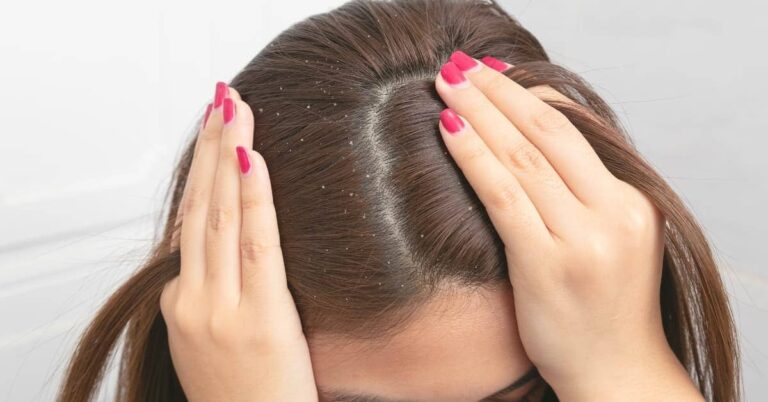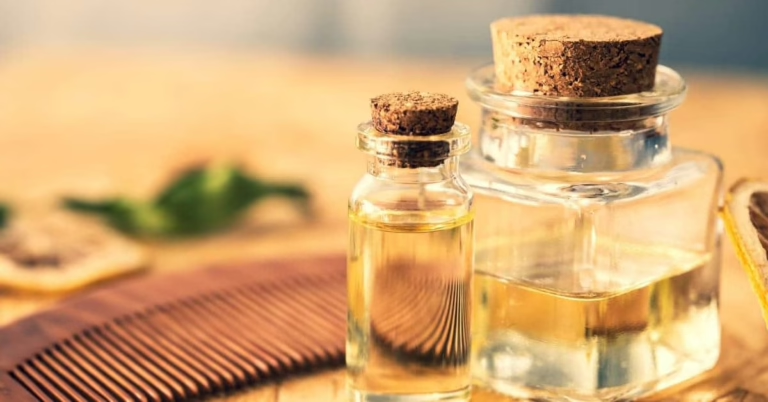Seasonal SwitchUp: Winter Dryness to Summer Frizz
If you’ve ever looked in the mirror and wondered why your hair seems to have a different personality every season, you’re not alone. The struggle of managing hair as it transitions from winter’s brittle dryness to summer’s uncontrollable frizz is something many of us face. Understanding these seasonal changes and adapting your hair care routine can make all the difference between fighting your hair daily and embracing its natural beauty year-round.
The Science of Seasonal Strands
Our hair is remarkably sensitive to environmental changes, much like a natural barometer. Dr. Sarah Chen, a leading trichologist, explains that hair fibers respond dramatically to shifts in humidity and temperature. “The outer layer of our hair, the cuticle, expands and contracts in response to environmental changes,” she says. “This is why your hair might feel smooth and manageable one season, yet become unruly the next.”
This constant adaptation to weather changes affects not just how our hair feels, but also how it behaves during styling and throughout the day. Understanding this natural response is the first step toward maintaining healthy hair year-round.
Winter’s Challenge: More Than Just Cold Weather

When winter arrives, it’s not just about bundling up – your hair faces a unique set of challenges. The combination of cold outdoor air and indoor heating creates the perfect storm for hair damage. This dramatic shift in environment can leave your strands crying out for moisture, leading to brittleness and breakage.
Celebrity hairstylist Marcus Rodriguez sees this problem frequently in his salon. “Winter hair damage often goes deeper than just surface dryness,” he notes. “The constant transition between cold outdoor air and heated indoor environments can cause the hair shaft to become brittle and more prone to breakage.”
The most common winter hair concerns include:
– Excessive dryness and static electricity
– Brittle strands that break easily
– Lackluster appearance and split ends
– Scalp irritation and flakiness
Summer’s Challenge: The Heat and Humidity Battle

As temperatures rise, we face a different set of hair challenges. Summer brings high humidity levels that cause the hair cuticle to swell, leading to that dreaded frizz we all know too well. But it’s not just about frizz – summer presents multiple challenges for our hair health.
“Summer humidity can make even the most well-behaved hair act out,” explains hair care expert Lisa Chen. “The combination of sun exposure, chlorine from pools, and increased sweating can dramatically affect hair texture and manageability.”
Mastering Your Seasonal Hair Care Routine

The key to maintaining healthy hair throughout the year lies in adjusting your care routine to match the season’s demands. Let’s break down essential care strategies for each season.
Winter Hair Care Essentials
During winter months, focus on moisture retention and protection. Start by reducing your washing frequency to 2-3 times per week using a sulfate-free, moisturizing shampoo. This helps preserve your scalp’s natural oils that are crucial for hair health.
Deep conditioning becomes non-negotiable in winter. “Think of deep conditioning as a protective shield for your hair,” says Rodriguez. “A weekly treatment can make the difference between healthy, resilient hair and damaged, brittle strands.”
Your winter hair care arsenal should include:
– A hydrating, sulfate-free shampoo
– Rich, moisturizing conditioner
– Weekly deep conditioning treatment
– Leave-in conditioner for daily protection
Summer Hair Care Strategy
Summer hair care requires a lighter touch with emphasis on protection from environmental damage. The focus shifts from intense moisturizing to maintaining balance and preventing frizz.
Start your summer mornings with these essential steps:
1. Use lightweight, humidity-resistant products
2. Apply UV protection to shield hair from sun damage
3. Consider protective styling for outdoor activities
During summer, your washing routine might need to increase slightly, but be careful not to over-wash. “Even if you feel the need to wash more frequently due to sweat and activity, always use lukewarm water and follow with a protective leave-in treatment,” advises Lisa Chen.
The Transition Periods: Making the Switch

The most challenging times for hair care are often the transition periods between seasons. These shifts require gradual changes to your hair care routine rather than sudden overhauls.
Early Spring Transition:
As winter releases its grip, gradually lighten your hair care routine. Start reducing heavy oils and butters, and introduce lighter styling products. This is also the perfect time for a trim to remove any winter damage.
Early Fall Transition:
When summer ends, begin incorporating more moisturizing treatments while maintaining some of your frizz-fighting products until humidity levels decrease significantly.
Year-Round Hair Health Tips
Regardless of the season, certain practices will help maintain healthy hair:
– Regular trims every 8-10 weeks
– Gentle detangling techniques
– Silk or satin pillowcase use
– Balanced diet rich in hair-healthy nutrients
– Proper hydration
Professional Treatments Worth Considering

Sometimes, at-home care needs professional reinforcement. “Professional treatments can provide a strong foundation for seasonal hair care,” explains Rodriguez. Consider these options:
For Winter:
Deep conditioning treatments or keratin treatments can help lock in moisture and prevent winter damage.
For Summer:
Anti-frizz treatments or glossing services can help maintain smoothness and shine despite humidity.
The Right Products Make a Difference

Investing in quality products suited to your hair type and the season is crucial. However, remember that expensive doesn’t always mean better. Look for products with these key ingredients:
Winter essentials:
– Natural oils (argan, jojoba, coconut)
– Glycerin
– Shea butter
Summer essentials:
– Light proteins
– UV protectants
– Anti-humidity ingredients
Embracing Your Natural Texture
Perhaps the most important aspect of seasonal hair care is learning to work with, not against, your natural texture. “The happiest clients are those who embrace their natural hair texture and learn to enhance it rather than fight it,” says Lisa Chen.
Each season brings its challenges, but it also offers opportunities to discover new ways to care for and style your hair. By understanding how your hair responds to seasonal changes and adapting your care routine accordingly, you can maintain healthy, beautiful hair all year round.
Remember, healthy hair is a journey, not a destination. Pay attention to how your hair responds to different products and environmental changes, and don’t be afraid to adjust your routine as needed. With the right care and attention, you can help your hair transition smoothly from season to season, maintaining its health and beauty throughout the year.







